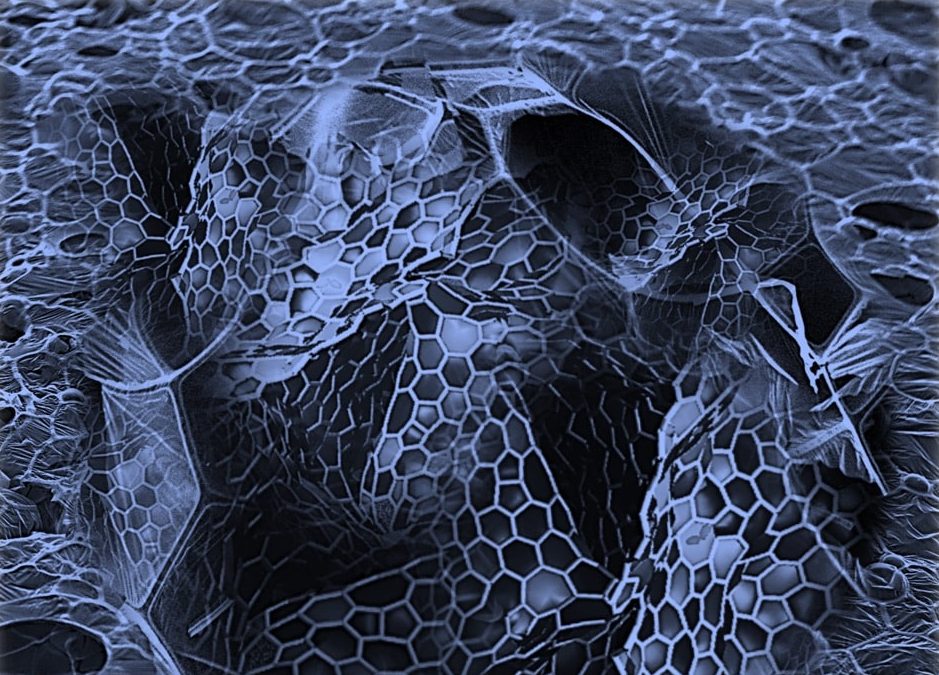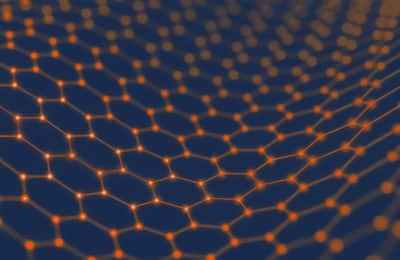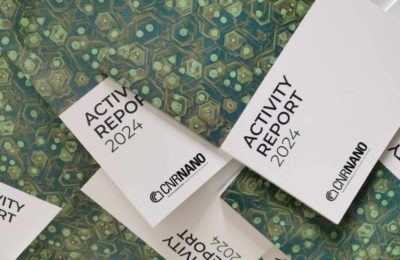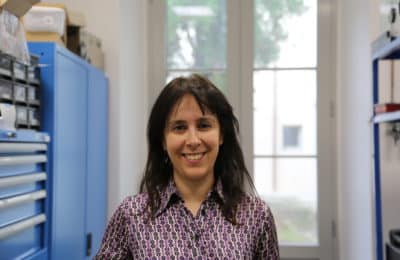Using a multidisciplinary approach involving experimental techniques and computational molecular modeling, researchers from Princeton University, Aramco Research Center-Houston, Institute of Chemistry of Organimetallic Compounds (Cnr-Iccom), Istituto nanoscienze (Cnr-Nano), Scuola Normale Superiore, University of Trento and Queen Mary University of London, led by Craig B. Arnold, demonstrated that egg albumin can be transformed into an ultralight nanoporous carbon aerogel that can be used for the production of efficient water purification materials.
The researchers’ approach succeeded in producing a new type of structure consisting of two-dimensional graphitic carbon sheets seamlessly bonded to carbon nanofibers. The aerogel structure has different levels of hierarchical porosity, with a high surface area and very low density. Currently, various methods used to fabricate such hierarchical porous carbon material systems use templates, that is a sort of ‘scaffold’ that guide the formation of the structure. However, these templates must be subsequently removed with complicated procedures that require additional resources and energy. Proteins, on the other hand, offer an interesting alternative for designing and producing complex porous materials due to their inherently hierarchical and self-organized structure.
“When pyrolyzed (at 900°C under N2 gas), the egg white proteins in the form of alpha-helices and beta-sheets transform into amyloid-type beta-sheet components in the carbonized aerogel. Larger pores are formed due to the gases released during the process, while nanoscale porosity arise from various defects in the hexagonal lattice due to the desorption of protein functional groups”, the researchers say.
The joint contribution of Susanna Monti of Cnr-Iccom and Valentina Tozzini of Cnr-Nano clarified the formation mechanism and transformation of the protein structures into the final architecture. The reactive molecular dynamics simulations, combined with the experiments, revealed the phases of the transformation processes at the atomic level and showed how these aerogels are able to effectively trap ions especially due the presence of defects stemming from their bio-origin.
The intrinsic sustainability and biocompatibility of these materials makes them particularly interesting for eco-sustainable applications. “The developed aerogels are able to remove over 98% of ionic impurities and 99.99% of nano / microplastic contamination from seawater,” explain the researchers. The low cost, ready availability, mechanical stability and robustness of these aerogels are factors potentially suitable for other types of use such as: energy conversion and storage, gas separation technologies, environmental recovery, catalytic systems. “The method we have developed offers an excellent opportunity for creating template-free multifunctional hierarchical porous materials for critically needed applications” researchers conclude.
Sehmus Ozden, Susanna Monti, Valentina Tozzini, Nikita S. Dutta, Stefania Gili, Nick Caggiano, A. James Link, Nicola M. Pugno, John Higgins, Rodney D. Priestley, Craig B. Arnold, Egg protein derived ultralightweight hybrid monolithic aerogel for water purification, Materials Today, 2022, ISSN 1369-7021,
https://doi.org/10.1016/j.mattod.2022.08.001.
[image courtesy of Susanna Monti, Cnr – Iccom]



